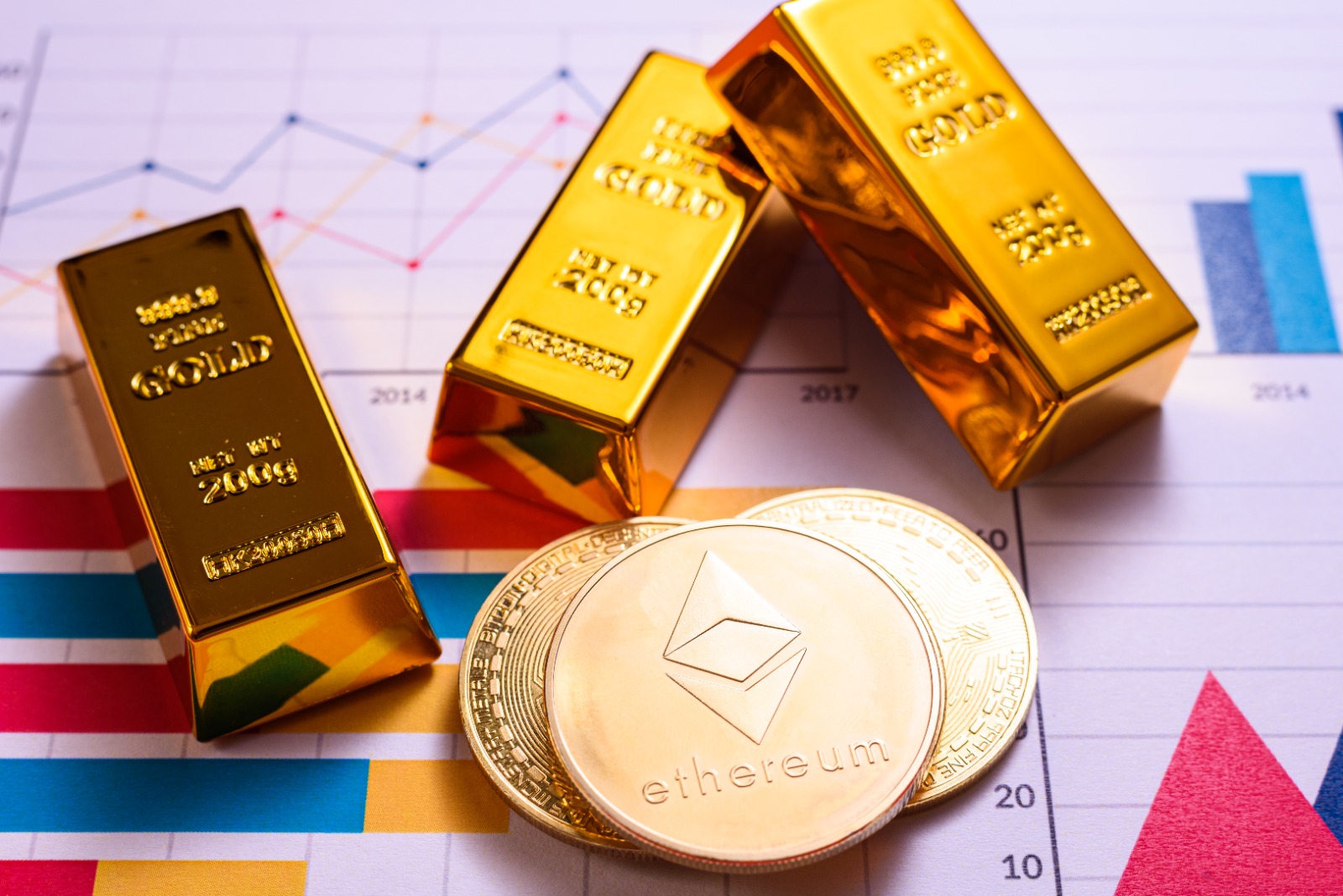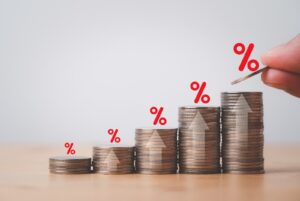Gold, Silver, Crypto & Modern Portfolio
Alternative assets are back in the conversation, but they play very different roles. Gold remains a classic shock absorber, supported by safe-haven demand and central-bank buying. Silver is part precious metal, part industrial input, so it tends to be more cyclical and volatile than gold. Crypto, meanwhile, is a high-beta, technology-driven asset whose returns are closely tied to liquidity and adoption cycles. Understanding these differences is the first step to deciding if—and how—they belong beside your core stock and bond holdings.
Why These Assets Now
With rates shifting and growth uneven, investors are re-examining “alts.” Gold draws safe-haven demand, silver links to industrial activity, and crypto rides liquidity and adoption cycles—three different engines under the same hood.
Different Roles, Different Risks
Gold is a shock absorber, tending to help when real yields fall or risk spikes. Silver behaves more cyclically because of its industrial use. Crypto is high beta: it can compound gains in easy-liquidity phases and reverse quickly when conditions tighten.
Positioning: Satellite, Not Centerpiece
For most balanced plans, these assets belong on the edges of the portfolio, not the core. The aim is small exposures that diversify or boost potential returns without dominating overall risk.
How to Hold Them
Gold and silver are simplest via ETFs; physical holdings add storage and premium costs but offer tangibility. Crypto can be held directly (with strong security practices) or through spot ETFs that simplify custody and tax reporting.

Sizing with Discipline
Decide target weights in advance and cap total “alts” so they don’t overwhelm the plan. Add in tranches rather than all at once; let a written policy—not headlines—govern changes.
Rebalancing That Works
Use time-based or band-based rebalancing to trim strength and add to weakness. This turns volatility into a systematic process instead of emotional decision-making.
Taxes & Records (Canada)
Sales generally trigger capital gains; track adjusted cost base carefully across accounts and wallets. ETFs issue tax slips; registered accounts can shelter gains but have different withdrawal rules. If using crypto directly, maintain complete trade and transfer records.
When They Help—and When They Don’t
Gold often shines during inflation surprises, banking stress, or falling real yields; it can lag when real rates rise. Silver can surge in industrial upcycles but underperform in slowdowns. Crypto can deliver outsized upside during adoption waves yet correlate with equities in risk-on markets and sell off hard when liquidity fades.
The Bottom Line define the role each asset should play, size positions modestly, choose practical vehicles, and rebalance by rule. Done this way, gold, silver, and crypto can complement a modern portfolio without compromising its primary job: funding your goals at a risk level you can live with.
The information provided is for educational/entertainment purposes only. Actual information may vary, please consult our office for further details. Got a question? Feel free to reach us at helpdesk@assentt.com.
















